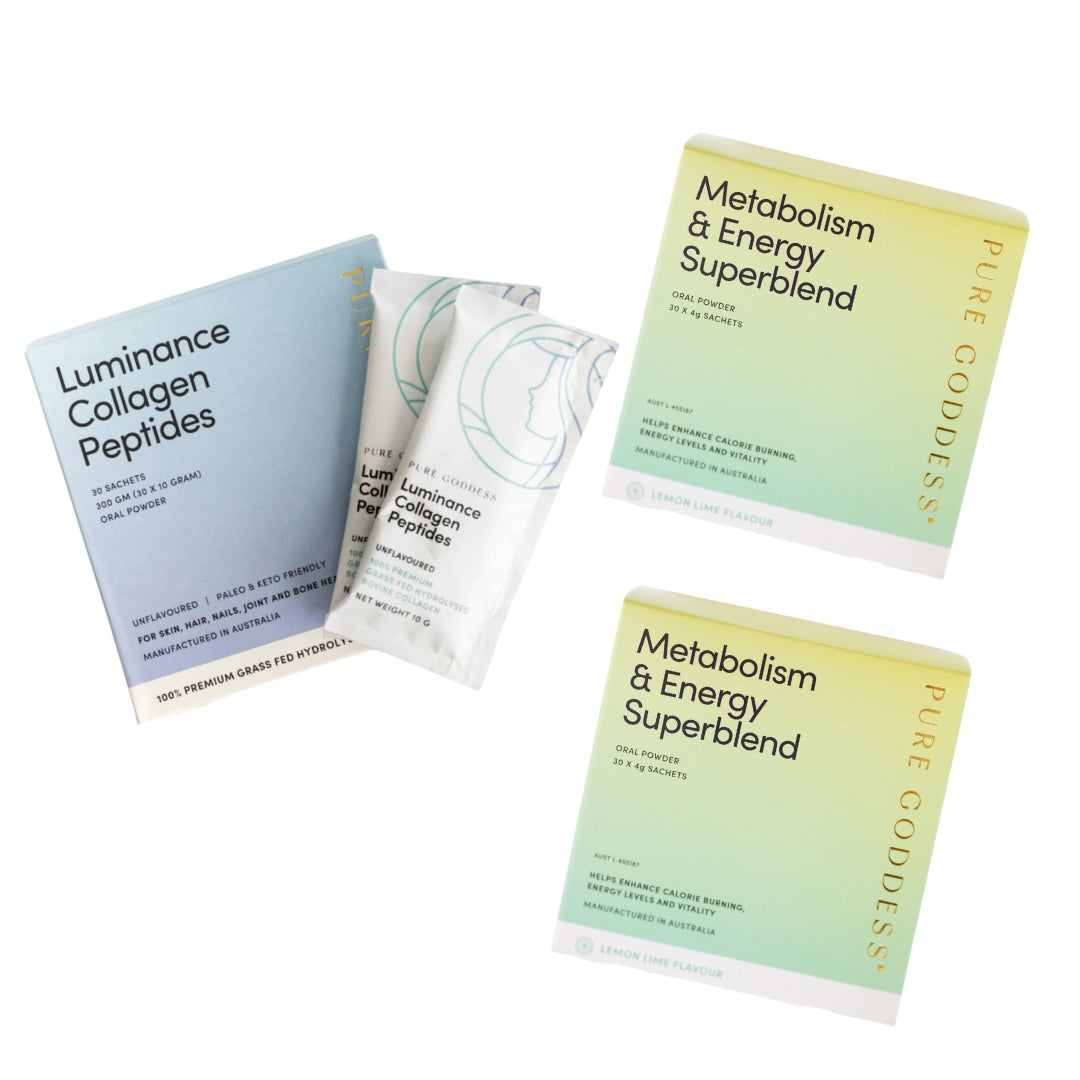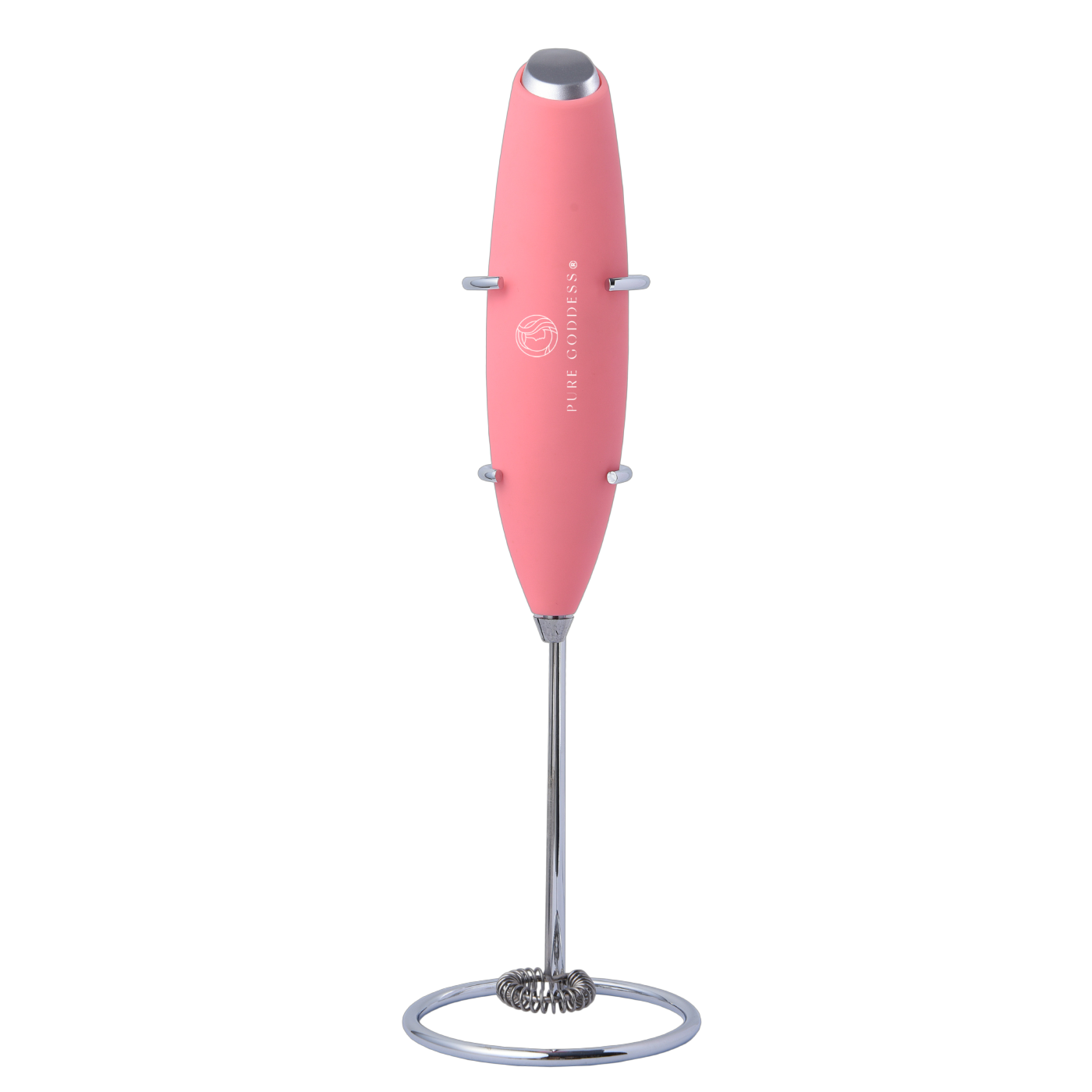
The $573 Million Boost: What It Means for Women's Health in Australia
Australian women are set to benefit from a historic $573 million investment in women’s health, announced by the Federal Government in early 2025. This comprehensive package promises to transform access to contraception, menopause treatments, and endometriosis care delivering more choice, lower costs, and better healthcare for women at every stage of life.
But what exactly does this mean for midlife women, and how will it impact your health journey?
Let’s break down the key components, the direct benefits, and the long-overdue improvements this funding brings.

Why This Investment Matters
For decades, women’s health issues, especially those affecting women in their 30s, 40s, and beyond, have been underfunded and overlooked. Many women have faced high out-of-pocket costs, limited treatment options, and long waits for specialist care, particularly for reproductive and hormonal health.
The $573 million boost is a direct response to these challenges, aiming to close the gap and ensure women receive the care, respect, and support they deserve.
As Senator Katy Gallagher, Minister for Finance, Women, the Public Service and Government Services, put it:
“Our investment of more than half a billion dollars will deliver more choice, lower costs, and better healthcare for women at all stages of their lives… These changes could save women and their families thousands of dollars across their lifetimes.”
Key Components of the $573 Million Women’s Health Package:
1. Affordable, Modern Contraception
-
First new contraceptive pills on the PBS in 30 years:
From March 2025, oral contraceptives Yaz® and Yasmin® will be subsidised under the Pharmaceutical Benefits Scheme (PBS).
This means annual costs drop from $380 to $126.40 for general users and for concession card holders, the cost falls to just $30.80 per year.
-
Bulk-billing for IUDs and implants:
The government will increase Medicare rebates and expand bulk-billing for the insertion and removal of long-acting reversible contraceptives (LARCs) like IUDs and implants.
Around 300,000 women each year are expected to save up to $400 in out-of-pocket costs and funding for training centres will help ensure more GPs can provide these services, increasing access in both cities and regional areas.
2. Menopause Support and Treatment
-
Medicare rebates for menopause health assessments:
For the first time, women experiencing menopause can access a dedicated Medicare rebate for health assessments, making it easier to get expert advice and support. -
New treatments on the PBS:
Modern menopausal hormone therapies such as Prometrium®, Estrogel®, and Estrogel® Pro are now listed, saving around 150,000 women hundreds of dollars annually. -
Training and national guidelines:
Funding will be provided for health professionals to undertake menopause and perimenopause training, and for the development of Australia’s first national clinical guidelines and a public awareness campaign. -
Expanded specialist menopause support:
Endometriosis and pelvic pain clinics will now also offer menopause expertise, ensuring holistic care for women with complex needs.

3. Endometriosis and Pelvic Pain Clinics
-
11 new clinics, 33 nationwide:
The number of specialist endometriosis and pelvic pain clinics will increase from 22 to 33, reducing wait times and improving access to expert care for the nearly 1 million Australians living with endometriosis. -
Expanded scope:
These clinics will now treat a broader range of conditions, including menopause-related issues, providing truly comprehensive women’s health services. -
Earlier intervention and equitable access:
More clinics mean more women can get the help they need, closer to home, and with less delay.
4. Pharmacy Access for Contraception and UTI Treatment
-
National pharmacy trials:
Two national trials will allow women to access contraceptives and treatment for uncomplicated urinary tract infections (UTIs) directly from trained pharmacists.
250,000 concession cardholders will be able to consult a pharmacist at no cost and pay only the usual medicine cost if treatment is needed. This is a game-changer for women in rural and regional areas, where GP appointments can be hard to secure.
How Will This Benefit Midlife Women?
Direct Cost Savings
-
Subsidised contraceptives and hormone therapies mean hundreds of dollars in savings each year. Money that can be spent elsewhere or simply ease the cost-of-living pressure so many women face.
-
Bulk-billed procedures for IUDs and implants remove a major financial barrier to effective, long-term contraception.
-
Free or low-cost pharmacy consultations for contraception and UTIs save time and money, especially for busy women balancing work, family, and caring responsibilities.
More Choice, More Control
-
The addition of new contraceptive options and menopause treatments empowers women to choose what works best for their bodies and lifestyles.
-
National clinical guidelines and increased training for health professionals mean more GPs and specialists will be equipped to provide up-to-date, evidence-based care.
-
Specialist clinics for endometriosis, pelvic pain, and menopause offer holistic, tailored support for complex health needs.
Better Access, Less Waiting
-
More clinics and expanded pharmacy services mean women can access care closer to home, with shorter wait times and less need for specialist referrals.
-
Increased rebates and training will help address the shortage of GPs offering LARC services, especially in rural and regional communities.
What Does This Mean for the Future of Women’s Health?
This investment is more than just a funding boost, it’s a recognition that women’s health matters, and that systemic barriers must be addressed. By tackling the cost, choice, and access issues that have plagued women’s healthcare for years, the Australian Government is setting a new standard for what women should expect from the health system.
As Dr. Michael Wright, President of the Royal Australian College of GPs, put it:
“Better funding women’s health including contraceptives and health assessments is an investment that will pay off. It will improve health and wellbeing, reduce pressure on our health system, and help reduce gender bias in our health system.”

What Should You Do Next?
-
Check your eligibility: If you use oral contraceptives, hormone therapy, or LARCs, ask your GP or pharmacist about the new PBS listings and rebates.
-
Book a menopause health assessment: If you’re experiencing menopause symptoms, talk to your doctor about the new Medicare rebate and available treatments.
-
Explore specialist clinics: If you suffer from endometriosis, pelvic pain, or need menopause support, find out if there’s a clinic near you and what services they offer.
-
Stay informed: As some measures depend on the outcome of the next federal election, keep an eye on updates and advocate for continued investment in women’s health.
Final Thoughts: A New Era for Women’s Health
The $573 million investment marks a turning point for women’s health in Australia. For midlife women, it means more affordable care, more options, and more respect for the realities of women’s lives and bodies. It’s a long-overdue step toward a fairer, healthier future for all Australian women.
Stay empowered. Stay informed. Your health, your choice, your future.




Leave a comment
This site is protected by hCaptcha and the hCaptcha Privacy Policy and Terms of Service apply.